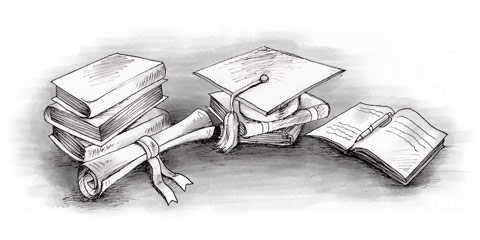In the 2011/2012 education budget the Department of Education plans to spend PHP5,915 or approximately $138 per student which compares with $1,582 in Singapore and $852 in Thailand.
Compulsory schooling is in 3 stages; pre-school & elementary from ages 3 or 4 until age 12. Junior high school starts at ages 12 or 13 and continues until ages 15 or 16. Finally, senior high school is an additional two years until a student reaches 18.
School leavers have the option of joining the workforce, or taking the College Entrance Exam (CEE) and entering university or vocational college.
Although pre-school and elementary schooling is compulsory, figures in 2009 showed that 27.82% of children never attended or failed to complete elementary school. This was mostly due to a lack of access and not speaking the language of tuition. That said, the Philippines ranks 80th in the world for literacy with 93.4% of people over the age of 15 being able to read and write.
For expat families there are a variety of education options through pre-school to adult education. Schooling in the Philippines is conducted in English and the Filipino language. With many international schools operating in English, German, Chinese, Korean or Japanese. If you plan on living in a city then access to all tiers of the education system won’t be a problem, but for those living in more rural areas it is something that will need careful consideration.

